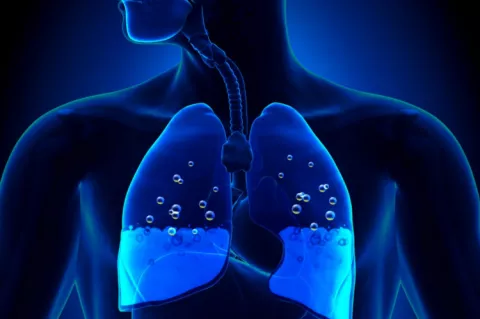Lessons Learned
For three decades the researchers at DAN have monitored, tracked and analyzed diving incidents and fatalities worldwide. One of the best sources of this incident data is you, the diver. When you self-report an injury or incident that you experienced or witnessed via the DAN Incident Reporting System, you offer a valuable look at real world diving incidents and injuries.
- Read more about Lessons Learned
- Log in to post comments





